After I started this newsletter in 2009, I was invited to start eating breakfast on Friday mornings with a group of older Houston artists. We usually ate at Theo’s (a now completely vanished Greek diner in the Montrose neighborhood). Among the regulars were Earl Staley, Roberta Harris, Harvey Bott, Gertrude Barnstone, Richard Stout, William Camfield, Penny Cerling, and Ibsen Espada. I just learned that Espada died on April 22 of this year.
I first encountered Espada’s work in 1985, when a piece of his was included in the mammoth Fresh Paint exhibit at the MFAH. The painting he had in that show, El Laberinto, was a large abstract painting. He was a disciple of the abstract expressionist movement. While Fresh Paint focused mostly on painting that had some figurative elements, El Laberinto was completely abstract, as have been all the paintings by Espada I have seen since 2009. That said, I have catalog from a 1989 Espada exhibit at McMurtrey gallery that shows that Espada at one time employed recognizable (but highly stylized) images.
This technique gave his paintings a sense of sleek motion, as if we were looking at a school of fish swimming just below the surface. This technique lent itself particularly well to long, thin canvases, like Torpedo Web.
The squeegeed shapes resemble torpedos as much as fishes, but perhaps more they make me think of raindrops. Which given their vertical orientation seems like a better analog than either fishes or torpedos.
It seems that in the early 2010s, Espada started experimenting with collage. But unlike Picasso or Braque, he wasn’t collaging found images to his canvases, he was collaging elements that he had created himself. These paintings feel as if Espada had painted other expressionist abstractions, sliced them up, and then reassembled them. The chaos of the images in each piece of the collage contrasts against the straight edges of each scrap, giving these paintings a visual tension that electrified me when I saw them.
At some point in the past decade, Espada moved to a house behind a firm that produced the huge tyvek signs for billboards. Espada made an agreement with them to let him use some of their discarded tyvek as a base for his paintings. These were pieces of billboards that had commercial images already printed on them. Espada painted on them in a way that used the image underneath as a formal visual part of the final painting. In a way, Espada was collaborating with the anonymous designers of the original billboards.
This work required an interesting humility on the part of Espada. In all his previous paintings I have seen, he had applied paint to every square centimeter. But in these billboard-based paintings, he lets at least some of the original image to show through.
Ibsen Espada was born in New York City in 1952 and raised in Puerto Rico. I don’t know how he ended up in Houston, but he had the ideal gig here for a young painter—he was Dorothy Hood’s studio assistant. (After visiting the huge Dorothy Hood exhibit at the Art Museum of South Texas in 2016, I mentioned to the Theo’s crowd how badly stretched so many of her canvases were. Ibsen, who had stretched many of them, told us that Hood used inadequate wood stretchers, and that he had warned her that they could warp in the future—which they did.) It must have been inspiring to be in Hood’s studio, but their work is very different. Hood’s felt more oceanic—even cosmic—while Espada’s paintings were full of nervous energy. In Hood’s paintings, you feel as if you were gazing deep into the past or the future, but Espada’s work feels “right now.”
The generation of Houston artists to which Espada belonged is slowly vanishing. The crowd at Theo’s has been gradually whittled down by age. Espada’s work is represented in Houston by Foltz gallery, which has become a welcome home for the art of older Houston artists, including many of the Theo’s crowd. Espada has two works in the collection of the Museum of Fine Arts. With his passing, I feel the last lingering light of abstract expressionism is setting, but more important, we have lost a warm, lovable presence on the Houston art scene.
[Please consider supporting this publication by becoming a patron, and you can also support it by patronizing our online store. And one more way to support this work is to buy books through The Great God Pan is Dead’s bookstore. ]

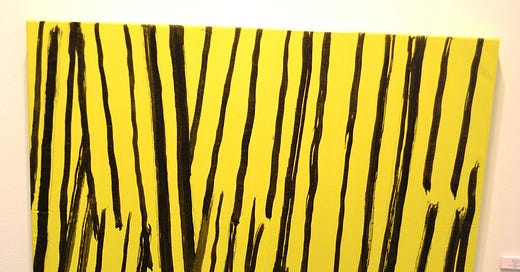



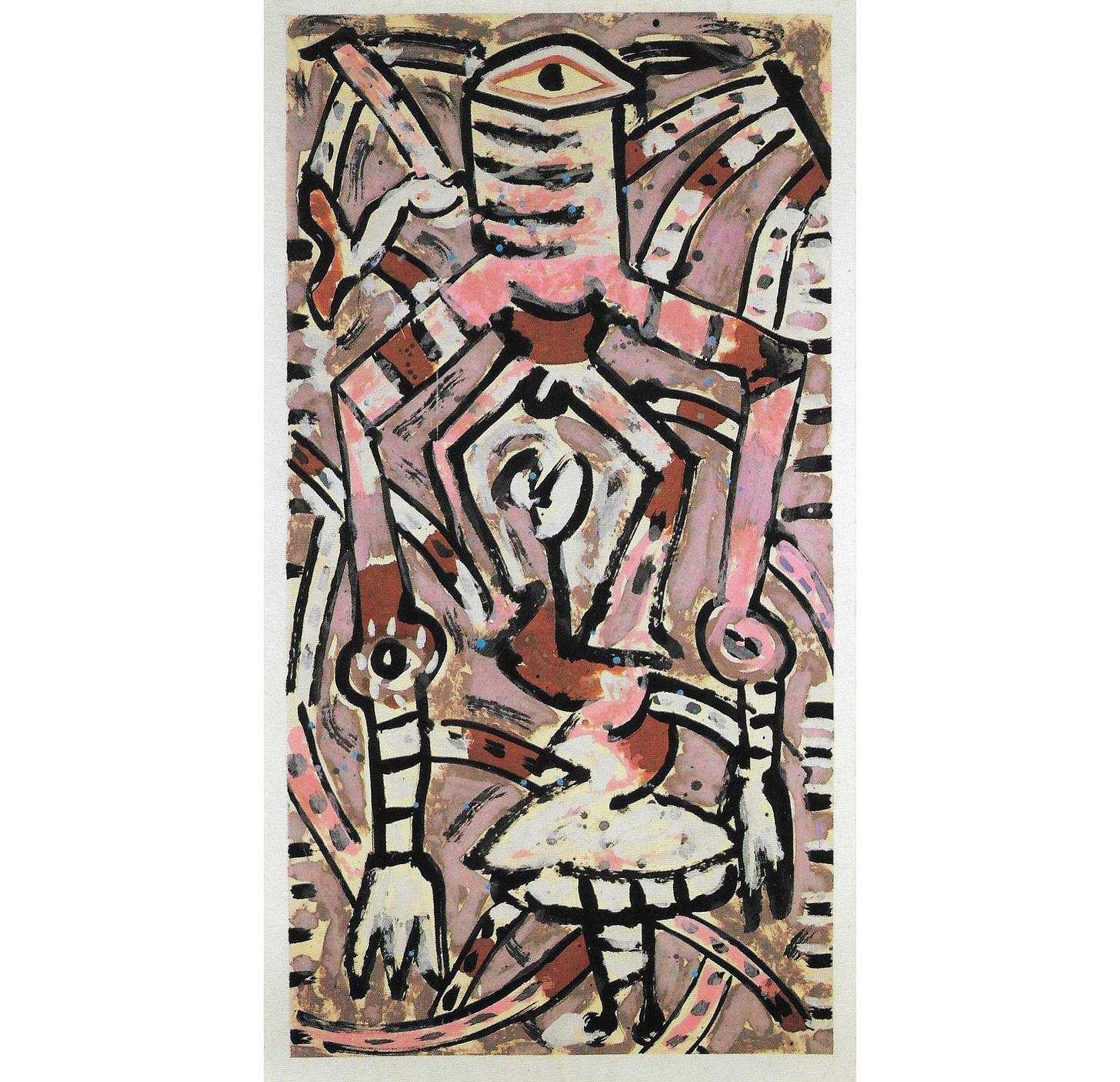
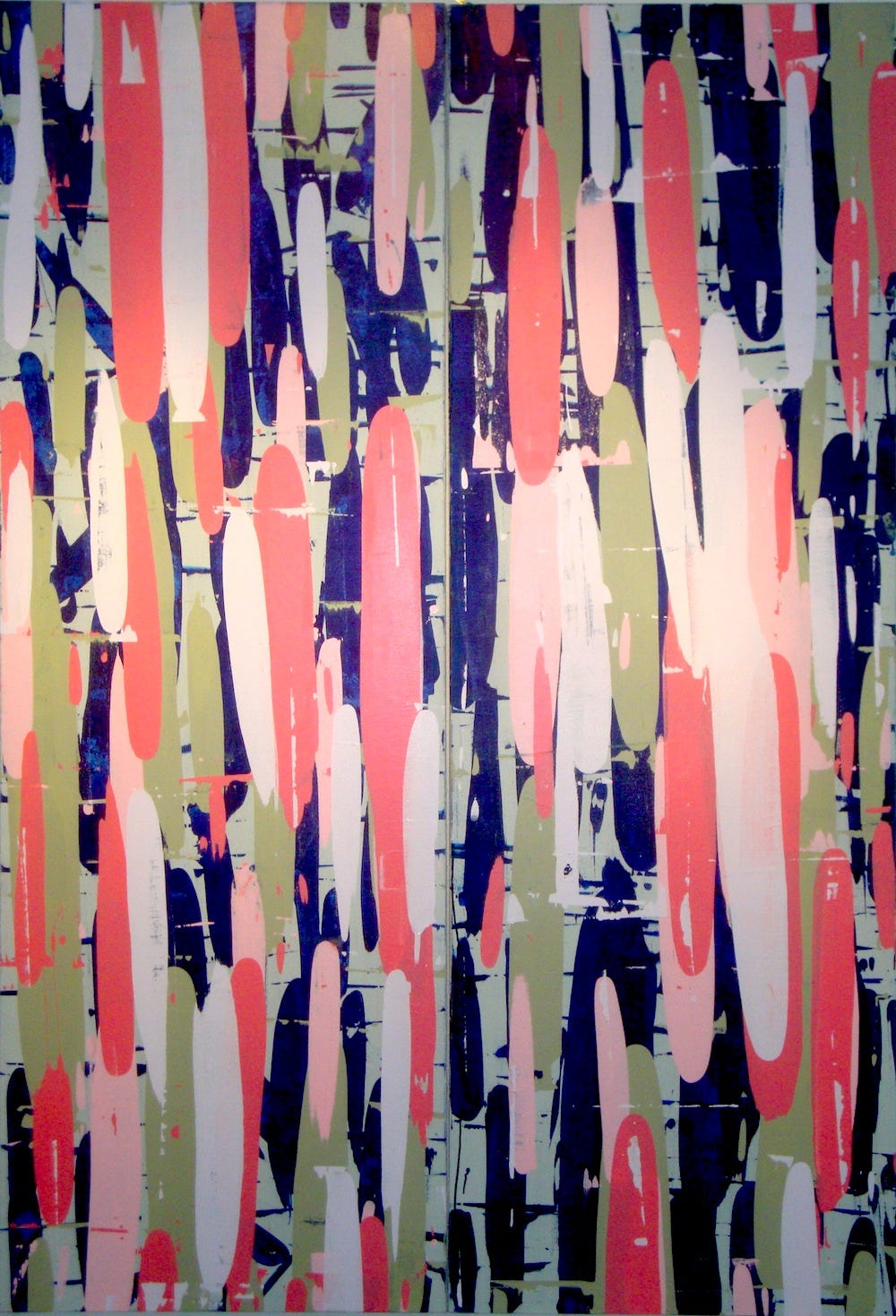
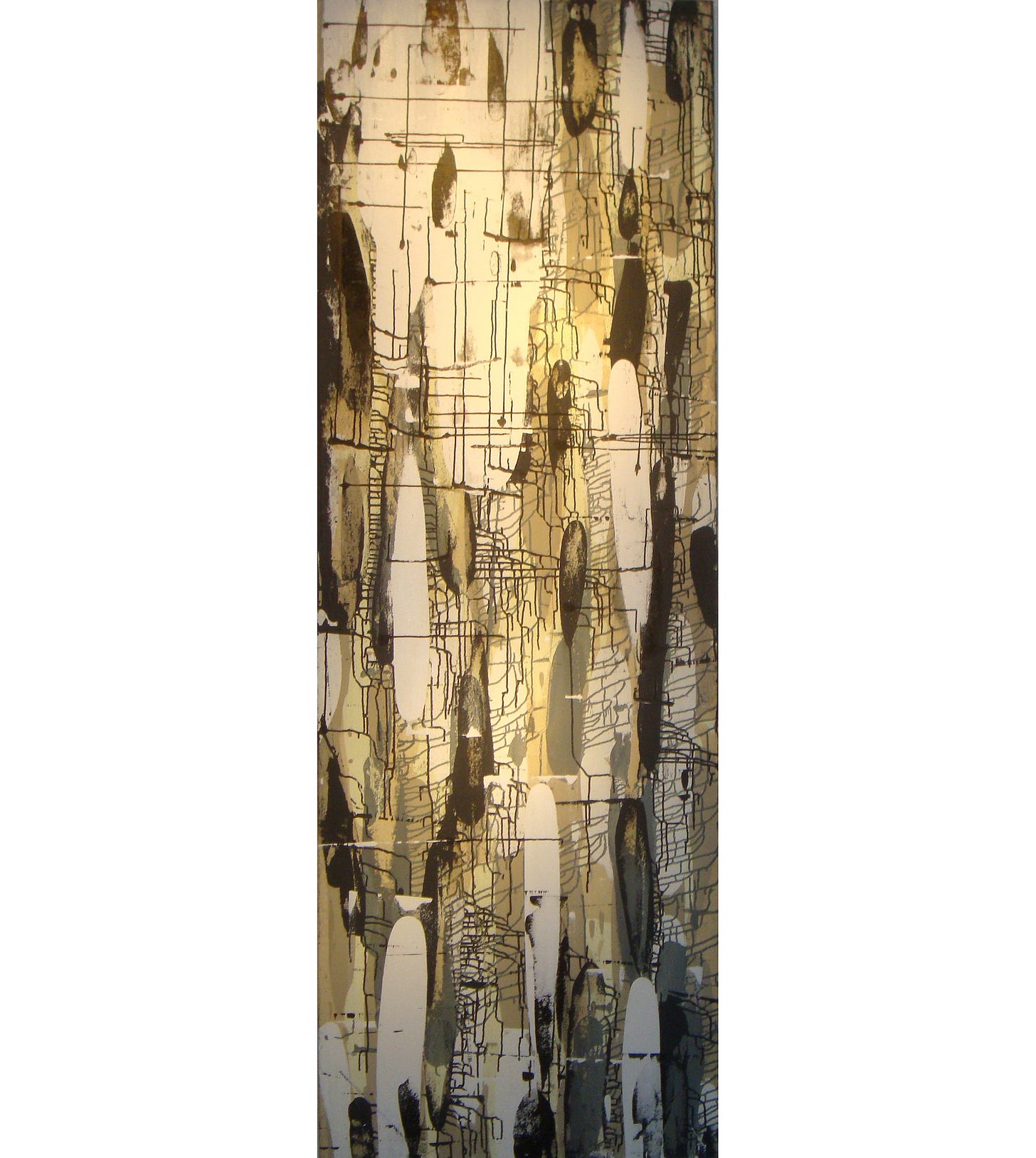
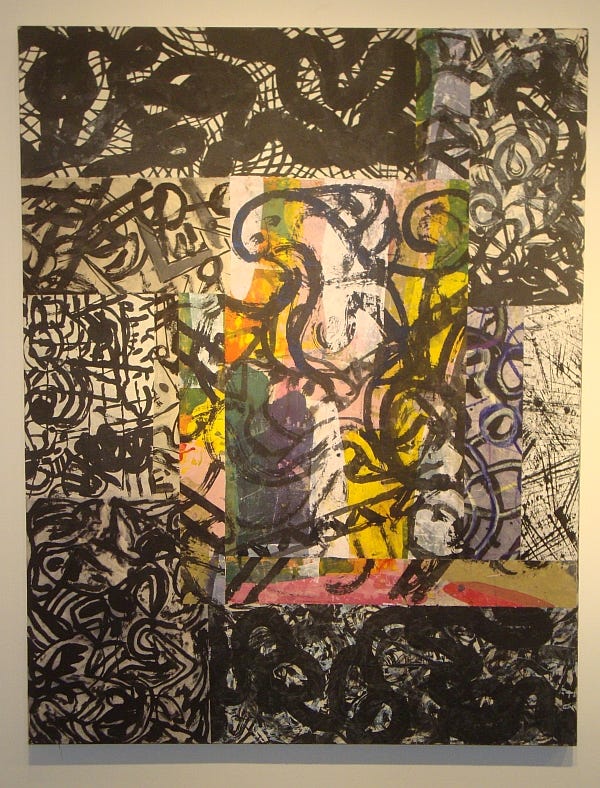

Rest in peace querido Ibsen! Un fuerte abrazo y carinos! Cristy & Mike
Oh dear Ibsen. Rest in peace.